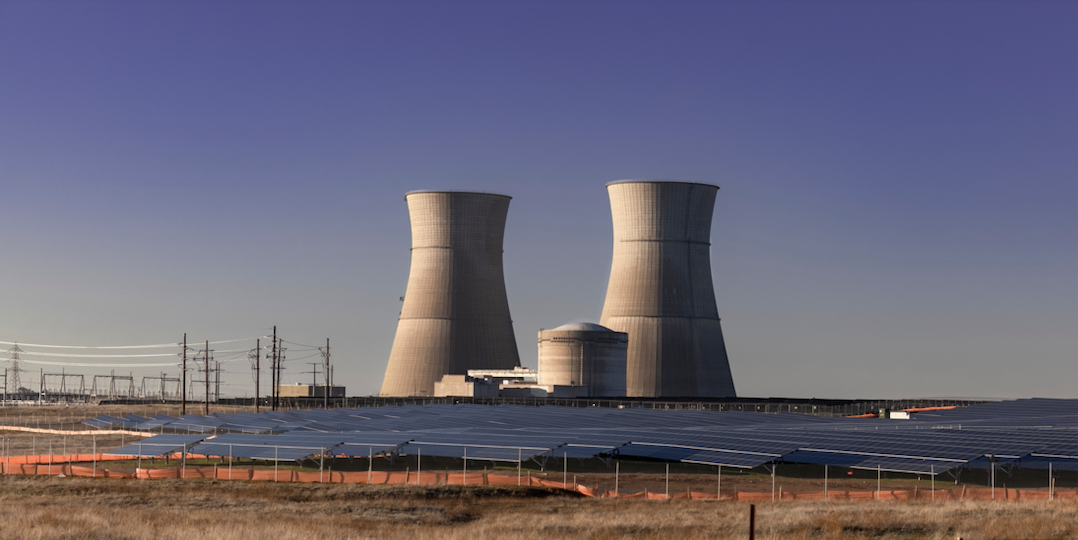
As policymakers in the US debate whether to retire the ageing nuclear reactors or reinforce their structures to continue production, new research suggests a shutdown of nuclear power could increase climate-related mortality risk.
The US has the largest fleet of nuclear reactors in the world, contributing to 18% of country’s electricity production. Many of these have been running for over fifty years and are expected to retire soon. If the energy gap post-nuclear retirement is fulfilled by using coal, oil and natural gas, the US could be exposed to increased air pollution.

Discover B2B Marketing That Performs
Combine business intelligence and editorial excellence to reach engaged professionals across 36 leading media platforms.
A new piece of research by the Massachusetts Institute of Technology (MIT) presents a scenario, in which all the nuclear plants in the US are shut down, and other sources like coal, natural gas and renewable energy meet the country’s energy needs for one year.
In a scenario in which nuclear power is replaced with fossil fuels, the researchers observed an expected increase in air pollution, and the estimates that the US would suffer an additional 5,200 pollution-related deaths in a single year.
However, if a combination of renewable energy sources is to become available, as is predicted by the US Energy Information Administration to happen by 2030, the pollution will be curtailed, though not entirely. Even a renewable-heavy scenario with a slight increase in air pollution will result in 260 pollution-related deaths in a year.
Populations affected
By simulating an energy grid dispatch model, the researchers combined the air pollution impacts of different scenarios with data on how each plant’s emissions travel around the country, and overlaid these tracks onto maps of population density. Their analysis showed that regions on the east coast are likely to be worst affected as most nuclear plants are concentrated there.

US Tariffs are shifting - will you react or anticipate?
Don’t let policy changes catch you off guard. Stay proactive with real-time data and expert analysis.
By GlobalDataThe Black and African American communities are at the greatest risk of exposure to increased pollution as a majority of them live near fuel plants.
The climate-related effects from the additional influx of carbon emissions could drive up mortality risk and lead to 160,000 additional deaths over the century, the research says.





